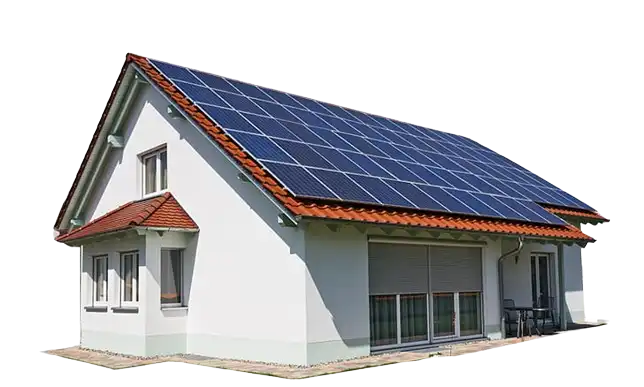Introduction: Investing in solar panels and energy-efficient roofing materials is an excellent way to improve your home’s energy efficiency, reduce your environmental impact, and save money on energy bills. However, the initial cost of these projects can be a significant barrier for many homeowners. In this ultimate guide, we’ll delve into solar and roofing lending, helping you navigate the world of financing options and choose the best solution for your home improvement project.
Understanding Solar and Roofing Lending: Solar and roofing lending refers to various financing options specifically designed to help homeowners fund their solar panel and energy-efficient roofing projects. These lending options can make the initial investment more accessible, allowing homeowners to enjoy the long-term benefits of reduced energy costs, increased property value, and a smaller environmental footprint.
Assessing Your Solar and Roofing Needs: Before exploring financing options, it’s essential to assess your solar and roofing needs. Determine your goals and objectives for the project, such as reducing your energy bills, increasing your home’s value, or minimizing your carbon footprint. Estimate the size and cost of your project, taking into account factors like your home’s size, location, and current energy consumption. Evaluating your home’s energy efficiency potential will help you make informed decisions about the most appropriate financing options.
Exploring Financing Options: There are several financing options available for solar and roofing projects. Solar loans can be either secured or unsecured, with different interest rates and repayment terms. Home equity loans and lines of credit can also be used to finance your project, leveraging your home’s value to secure funding. PACE (Property Assessed Clean Energy) financing is another option that allows homeowners to repay the loan through their property tax bill. Lease and power purchase agreements (PPAs) are alternatives that enable homeowners to use solar energy without owning the solar panels outright.
Investigating Incentives and Rebates: To further offset the cost of your solar and roofing project, investigate available incentives and rebates. Federal tax credits, state and local incentives, and utility company rebates can provide significant financial benefits. Make sure to check the eligibility criteria and application deadlines for these incentives and factor them into your financing plans.
Choosing the Right Lender: When selecting a lender for your solar and roofing project, compare interest rates and terms, evaluate their reputation and customer service, and consider their expertise in solar and roofing projects. Request quotes from multiple lenders to ensure you’re getting the best deal possible.
Preparing for the Financing Application Process: Before applying for financing, review your credit score and take steps to improve it if necessary. Gather necessary documentation, such as proof of income, tax returns, and a detailed project proposal, to streamline the application process. Understanding the approval process and timeline will help set realistic expectations for when you can begin your project.
Getting Started with Your Project: Once your financing is secured, finalize your agreement and choose a reputable solar and roofing contractor to complete your project. Ensure you monitor and maintain your investment to maximize its efficiency and lifespan.
Conclusion: Solar and roofing lending provides homeowners with a range of financing options to make energy-efficient home improvements more accessible and affordable. By following this ultimate guide, you can better understand the financing process, explore available lending solutions, and choose the best option for your specific needs. Don’t let the initial cost of solar panels and energy-efficient roofing deter you from making a valuable investment in your home and the environment – explore solar and roofing lending options today.








